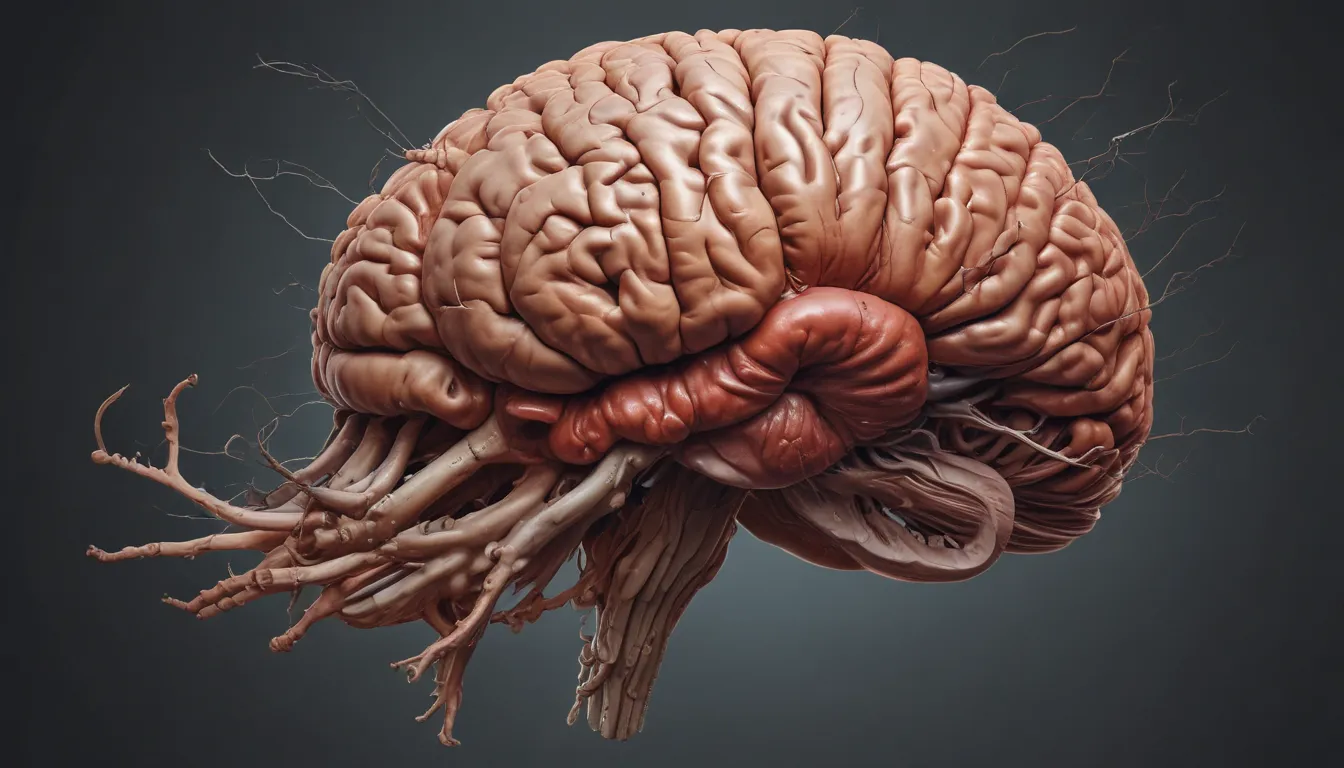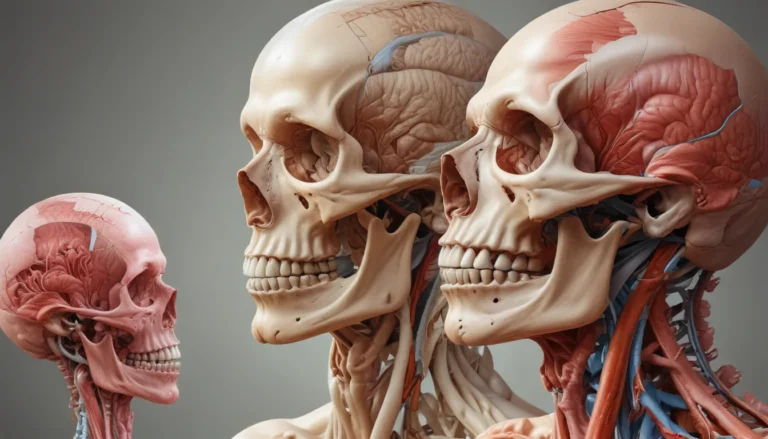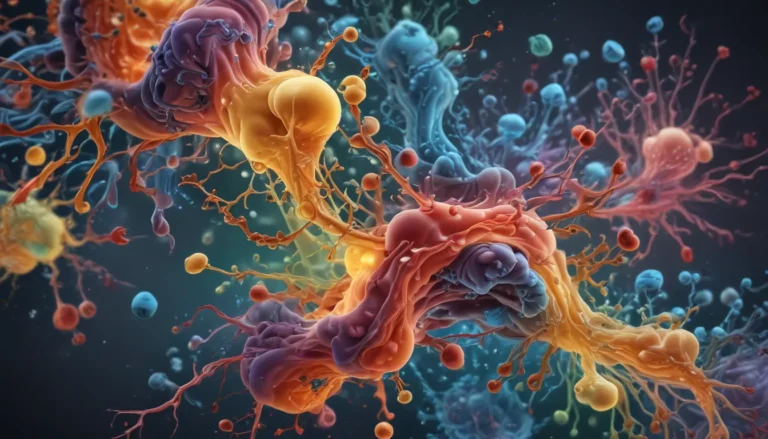A Note About Images: The images used in our articles are for illustration purposes only and may not exactly match the content. They are meant to engage readers, but the text should be relied upon for accurate information.
The human brain is a marvel, orchestrating our thoughts, emotions, and actions with remarkable precision. Nestled within this intricate network lies the cerebellum, a powerhouse responsible for coordinating movement, balance, and even cognitive functions. Often overshadowed by its more famous counterpart, the cerebrum, the cerebellum plays a pivotal role in our daily lives, functioning as the brain’s “little brain” with a big impact.
Unveiling the Cerebellum: A Multitasking Superstar
- The cerebellum: also known as the “little brain,” is responsible for coordinating movement, balance, and cognitive functions like attention and memory.
- Size matters: Despite its small stature, the cerebellum boasts more neurons than any other part of the brain, making it a powerhouse for processing and integrating sensory information.
Unraveling the Intricacies of the Cerebellum
- Neuronal Magnificence
-
The cerebellum contains over 50 to 80 billion neurons, comprising more than half of the brain’s neuronal population.
-
Master of Movement and Balance
-
Functionality: The cerebellum’s primary role is to coordinate movement and regulate balance, essential for activities like walking, running, or playing musical instruments.
-
Cognitive Cogitation
-
Beyond motor skills: Recent studies have unveiled the cerebellum’s involvement in cognitive functions, contributing to attention, language processing, memory, and emotional regulation.
-
Anatomical Marvel
-
Lobes and regions: Similar to the cerebral cortex, the cerebellum is segmented into various lobes and regions, each carrying out specific functions like motor planning, sensory integration, and cognitive processing.
-
Data Hub of the Body
- Information influx: The cerebellum receives input from multiple sources such as the spinal cord, cerebral cortex, and sensory organs to fine-tune movements effectively.
The Adaptive Nature of the Cerebellum
- Neuronal Superpower: With more neurons than the rest of the brain combined, the cerebellum serves as a rapid processor of sensory stimuli.
- Skill Storage: Procedural memory, encompassing learned motor skills, heavily relies on the cerebellum for encoding and retrieval.
The Ever-Evolving Cerebellum
- Neuroplasticity: Unlike other brain regions, the cerebellum harbors the capacity for ongoing neurogenesis and synaptic changes, allowing for adaptation and learning throughout life.
The Consequences of Cerebellar Damage
- Impairments: Damage to the cerebellum due to injury or disease can result in motor and cognitive deficits, impacting functions such as balance, coordination, speech, and attention.
The Cerebellum in the Neuroscience Network
- Interconnected Brilliance: The cerebellum connects with various brain regions like the cerebral cortex and brainstem to facilitate seamless information exchange.
A Common Thread in the Tapestry of Evolution
- Conserved Elegance: The cerebellum, with its enduring structure and function across species, underscores its significance in the evolution of the central nervous system.
From its role in motor coordination to its impact on cognitive processes, the cerebellum continues to unveil its fascinating complexity. These 11 unbelievable facts about the cerebellum provide a peek into the extraordinary world of this seemingly modest yet mighty brain structure.
Unlocking the Mysteries of Neurological Health
Understanding the intricacies of the cerebellum is pivotal for advancing our comprehension of neurological disorders and sculpting effective remedies. Through continued exploration of this enigmatic brain region, we can unearth further revelations into the enigmas of human brain function.
FAQs: Navigating the Cerebellar Terrain
- What is the cerebellum?
-
The cerebellum is a brain region responsible for coordinating voluntary movements, balance, and muscle tone.
-
How many neurons are in the cerebellum?
-
Approximately 69 billion neurons reside in the cerebellum, exceeding half of the brain’s total neuronal population.
-
What happens if the cerebellum is damaged?
-
Cerebellar damage can lead to motor deficits like impaired balance, coordination, and fine motor skills, along with challenges in speech, attention, and cognitive functions.
-
Can exercise enhance cerebellar function?
-
Regular physical activity is beneficial for overall brain health, including the cerebellum, enhancing motor skills, coordination, and cognitive functions.
-
Do genetic factors contribute to cerebellar disorders?
- Yes, genetic abnormalities or mutations can precipitate cerebellar disorders, impacting neurological functions and presenting with diverse symptoms.
Dive into the captivating realm of the cerebellum, where science, wonder, and discovery intertwine to illuminate the complexities of the human brain. Explore the boundless possibilities that stem from understanding this remarkable brain structure and embrace the journey of unraveling the cerebellum’s mysteries with curiosity and awe.





